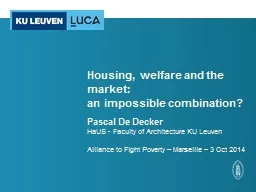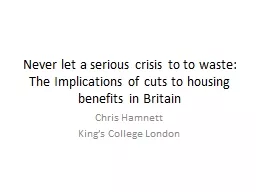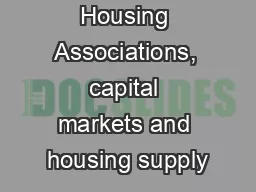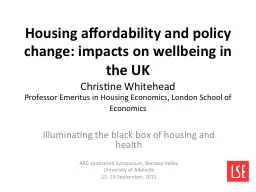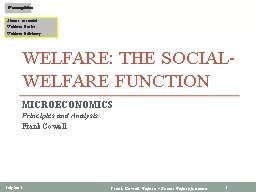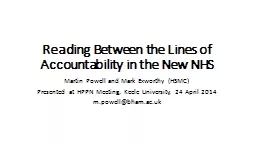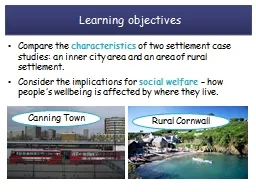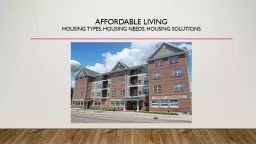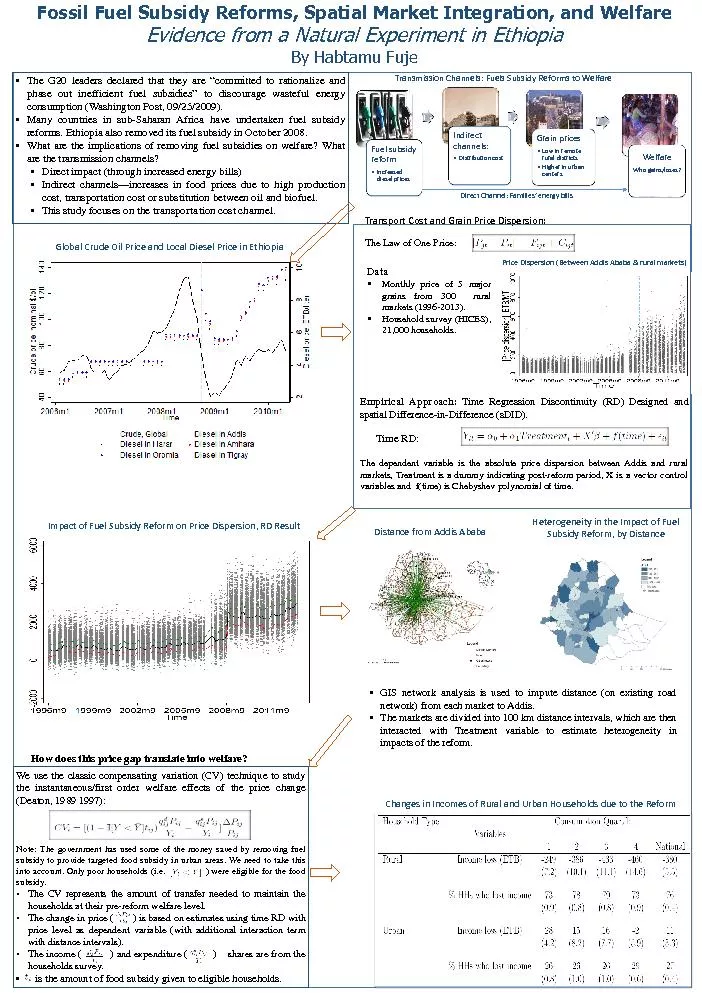PPT-Housing, welfare and the market:
Author : lois-ondreau | Published Date : 2017-12-05
an impossible combination Pascal De Decker HaUS Faculty of Architecture KU Leuven Alliance to F ight P overty Marseille 3 Oct 2014 Content Warning Trends
Presentation Embed Code
Download Presentation
Download Presentation The PPT/PDF document "Housing, welfare and the market:" is the property of its rightful owner. Permission is granted to download and print the materials on this website for personal, non-commercial use only, and to display it on your personal computer provided you do not modify the materials and that you retain all copyright notices contained in the materials. By downloading content from our website, you accept the terms of this agreement.
Housing, welfare and the market:: Transcript
Download Rules Of Document
"Housing, welfare and the market:"The content belongs to its owner. You may download and print it for personal use, without modification, and keep all copyright notices. By downloading, you agree to these terms.
Related Documents

